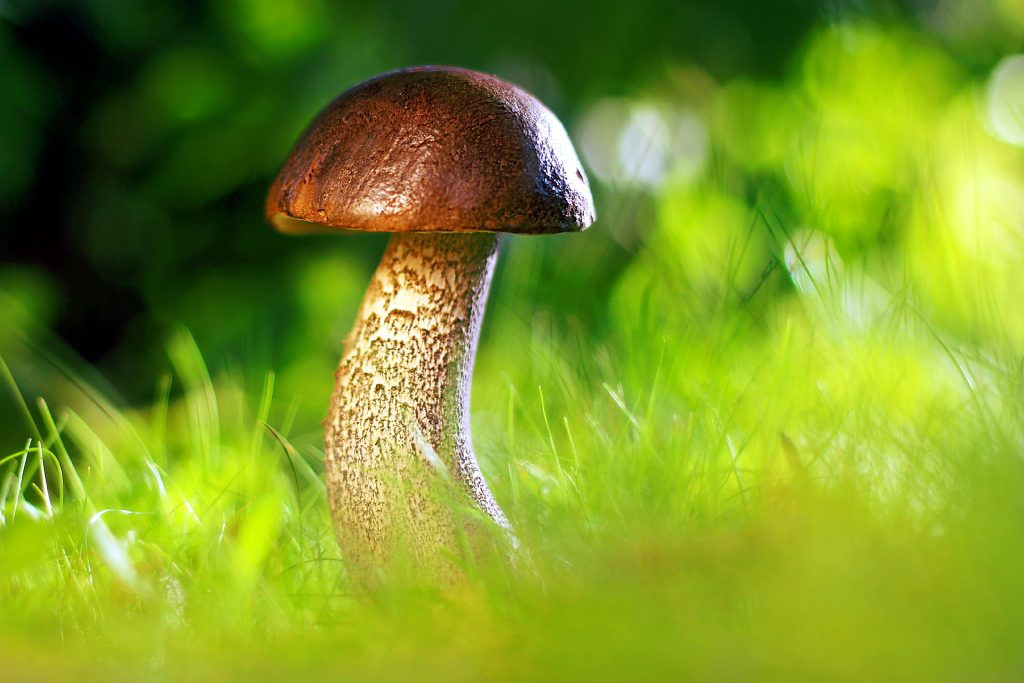Panaeolus Cyanescens or Blue Meanies is a powerful hallucinogenic mushroom because it produces a lot of psychoactive substances, including psilocybin and psilocin. Panaeolus Cyanescens has more significant amounts of psilocybin and psilocin than other ‘magic mushrooms,’ which may number in the hundreds. The hallucinogenic chemical psilocybin comes from a species of fungus known as magic mushrooms. These mushrooms have been used for over 3000 years, going back to Mexico, and are still trendy among locals in rituals, including religious rites and healing. Many people who have eaten Panaeolus Cyanescens have had spiritual experiences. To purchase the same online, you can check the racks of Get kush.

Learn How To Identify Blue Meanies Mushrooms
Copelandia Cyanescens, Blue Meanies, and Pan Cyans are all names that may be interchangeable to refer to Panaeolus Cyanescens. They like nutrient-rich regions, mainly where cattle graze, since they feed on excrement. Because Panaeolus Cyanescens is sensitive to the right amounts of air, temperature, and humidity, it is not uncommon for individuals to attempt to produce these mushrooms themselves, but with different degrees of success.
Panaeolus Cyanescens – Identifying and Describing
- Cap: Smooth surface, although occasionally broken in dry weather; thin skin; bruises blue or blue-green; bell-shaped cap to convex; may become wavy. When young, the color is light brown, but as it matures, it becomes gray. Hygrophanous. There is no veil.
- Stem: up to 12 cm tall; thin – 2-4mm thick; long and slender; bruises blue; light yellow, gray, or pink-tinged tint.
- Floury or starchy in scent and flavor.
- Elliptical and smooth spores.
- A dark purple or black hue is visible on the spore.
- Edibility: It is edible. However, it is also psychotropic.
- Habitat: Grows in dung and grasslands nourished by grazing animals, dispersed or grouped. Grows in both hemispheres’ tropical zones; extensively cultivated around the globe, including Africa, Australia, Europe, the South American continents, Hawaii, India, and Tasmania.
- Classification according to science: Order: Agaricales; Family: Bolbitiaceae; Class: Agaricomycetes; Order: Agaricales; Family: Bolbitiaceae; Panaeolus Cyanescens belongs to the Panaeolus genus.
Look-Alikes
Although Pholiotina rugosa resembles Panaeolus Cyanescens, it is critical to distinguish the two since it contains lethal amatoxins. The spores of Pholiotina rugosa are rusty orange to brown, while Panaeolus Cyanescens spores are dark purple to black. Tubaria Furfuracea is somewhat like Panaeolus Cyanescens, but it is not toxic; it is hygrophanous. It grows on wood chips rather than dung; it is also more fragile and less bendy than Panaeolus Cyanescens, and it has a pale orange or brown spore print.
Galerina Marginata is another look-alike that is poisonous if eaten; it has a rusty orange spore print and grows on rotting wood; its stem bruises black rather than blue-green like Panaeolus Cyanescens. Panaeolus Antillarum is the last resemblance. They are macroscopically similar mushrooms that were previously mistaken for one another. The cap of P. Antillarum is thicker and lighter in color. P.Antillarum is not hallucinogenic, but Panaeolus Cyanescens is.
In literature, experts distinguish the two by referring to the Psilocybe variant as Blue Meanie Cubensis. While they are not identical, a strain of Psilocybe Cubensis also goes by the moniker “Blue Meanie.” While they are not interchangeable in appearance, they are sometimes the same in the literature under the Blue Meanie label.
